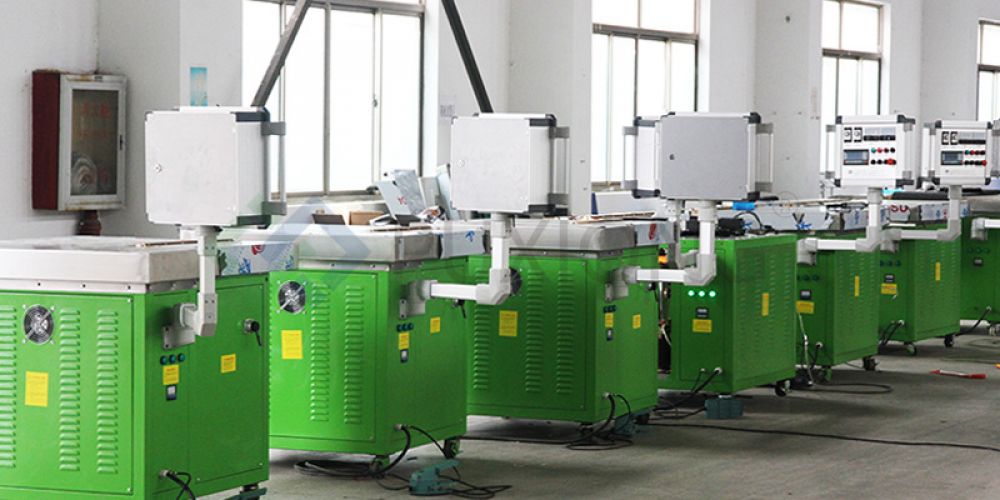
Three-Proof Fabric, as a specialized functional textile material, demonstrates the following advantages and disadvantages:
Versatility: Three-proof fabric typically offers waterproof, windproof, and dustproof properties (sometimes including fireproof and corrosion-resistant features), enabling exceptional protection in harsh environments.
High Durability: Through specialized processing techniques, three-proof fabric exhibits excellent durability, withstanding tensile forces, tear resistance, and abrasion, thereby extending its service life.
Effective Protection: Whether in outdoor sports, construction projects, shipbuilding, or automotive manufacturing, three-proof fabric effectively prevents moisture, windblown sand, dust, and other external elements from damaging items.
Broad Applicability: Owing to its versatility and durability, three-proof fabric is widely used in outdoor gear, construction materials, automotive components, protective clothing, and more.
Breathability: While prioritizing waterproofing, some three-proof fabrics incorporate breathability designs to maintain comfort during use.
Compromised Breathability: To achieve optimal waterproofing, some three-proof fabrics may sacrifice breathability, limiting their suitability in scenarios requiring high airflow.
Heavier Weight: The addition of waterproof or oil-resistant coatings often increases the fabric’s weight, making it less ideal for lightweight applications.
Higher Costs: Specialized processing and technical requirements elevate production costs, leading to higher prices for end products.